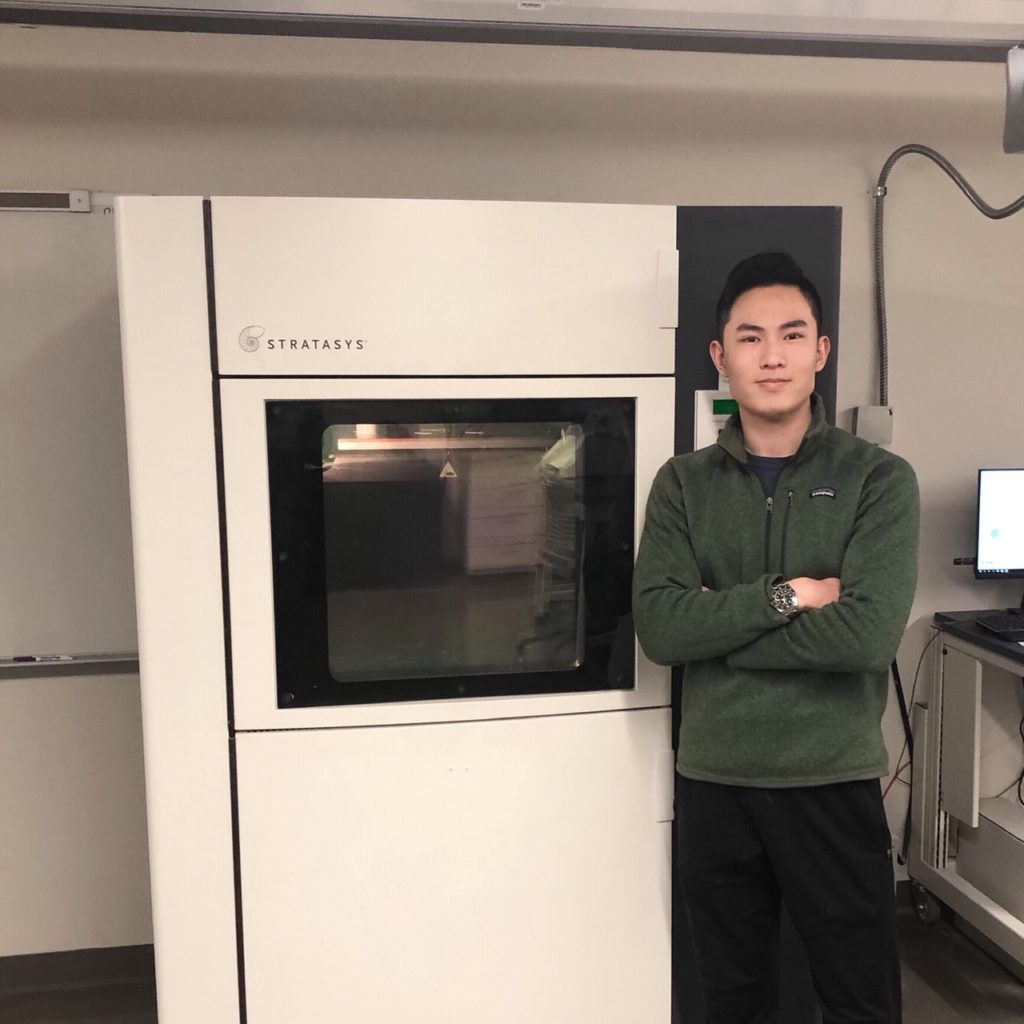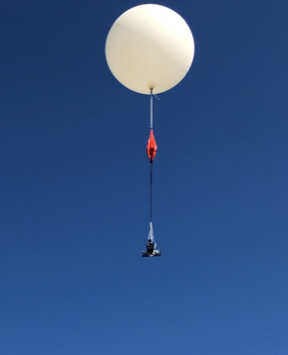With a growing directory of space companies gaining momentum, research and development in rocket science, aerospace engineering, and space travel are at an all-time high. After a continuous decrease in orbital launches since the early 1990s, companies began sending payloads into orbit in the mid-2000s, and whether successful or not (although usually successful), the sharp string of experimental technology for spacecraft, rockets, and space exploration vehicles has quickly revved up our faith in the space industry. Rocket launches have been streaming online more often than ever before and the
National Aeronautics and Space Administration (NASA) is leveling the playing field to
allow for students and
space researchers everywhere to sent forth their creations into orbit.
With over 100 startup space companies competing in the vast commercialization of space, many college students are beginning to see an opportunity in the field. Such is the case with Stratodyne, a startup working on applying additive manufacturing technology towards spaceflight and stratospheric science, which involves having balloon-borne stratospheric satellites at the edge of Earth’s atmosphere for mission lengths of days, weeks, and even months at a time.
Founded in January of this year by 20-year old Edward Ge, a finance major from the
University of Missouri, along with a few of his High School and college friends, the startup company is focused around applying advances in 3D printing technology to lower costs for space and high altitude research.

The completed vehicle with the CubeSat frame that houses the payload (Image: Stratodyne)
3DPrint.com spoke to the young entrepreneur, who described his company as “originally envisioned as a manufacturer of CubeSat frames and a provider of testing services in near-space conditions due to the lack of affordable parts and services in the CubeSat industry.” However, along with fellow founders, he decided to pursue a multi-role route with their ideas, seeking to create a 3D printed modular and remotely controlled airship that could serve as a satellite, testbed, and even a launch platform for small rockets into space.
“As part of our development towards a 3D printed
stratospheric satellite and 3D printing CubeSats, we recently launched a small prototype consisting of a CubeSat, a truss, and an engine frame with twin solar-powered drone motors to an altitude of 27 kilometers. All the components were 3D printed out of common thermoplastic polymers ABS and ASA, with the exception of the solar-powered motor and onboard electronics and parachute,” said Ge. “The flight lasted a total of six hours, with our experimental motor nearly doubling the flight time of the balloon. We intend to perform another launch in April using a prototype altitude control system with the aim of having the stratospheric satellite remain aloft for 24 hours straight.”
To deal with all their 3D printing needs, Ge and fellow founders currently have multiple machines at their disposal. The University of Missouri has loaned them a
Stratasys FDM machine 400mc which uses polycarbonate to manufacture parts for sounding rockets and even satellites, multiple
Prusa open-source 3D printers, and a custom-built CNC printer in the works.

Edward Ge next to one of the 3D printing machines, a Stratasys FDM, that Stratodyne is using to create their CubeSats (Image: Stratodyne)
Ge, who acts as both CFO and CEO of the company, indicated that “these machines give us a massive range of materials to work with but at the moment we primarily use parts made from Polycarbonate, thermoplastic polymers ABS (Acrylonitrile butadiene styrene) and ASA (Acrylonitrile butadiene styrene), and are even experimenting with Nylon powder and laser printing.”
In the early months of the company, they experimented with 3D printed rockets before deciding that it just wasn’t feasible to develop a true launch system with the resources and budget at hand. At the time, the plan was to crowdfund the development of a 3D printed sounding rocket comparable to the ones Black Brant used by NASA or rockets from Up Aerospace for an estimated program cost of $40,000. Ge does not exclude working with rockets in the future, he considers that there is still an experimental 3D printed composite rocket motor on the drawing board, but the majority of the work has pivoted towards stratospheric satellites since it will take a lower cost to commercialize.
“We plan on launching a crowdfunding campaign soon, once our weather balloon altitude control valve goes past the prototype stage which should be around April. During the summer months of June and July, the plan is to begin pitching to venture capital companies in the Midwest or go back to our plan of crowdfunding development with tangible prototypes and successful flights under our belt,” explained Ge. “However, we know that crowdfunding is fickle, and would only use it to generate a surplus for us to pursue stretch goals such as upscaling the stratospheric satellites or resuming development of a high altitude launch vehicle. On the technical side, our plan is to have regular flights every two to three weeks on weather balloons to flesh out the altitude control system and engine work.”
Stratodyne plans to go commercial by mid-2021, but for now, the majority of their planning is on an R&D phase. Ge expects that this may change depending on how fast their pace is and how much venture capital funding they get.

The completed vehicle during its ascent (Image: Stratodyne)
“The ultimate goal of Stratodyne is to make space something that is accessible to, not just big corporations or governments, but to your average High School student or the typical guy you’d find on the street. It might sound like a cliché – and it is since every startup says that – but it’s something that needs to happen if we are ever going to be a truly spacefaring species and that’s one goal we can all believe in,” concluded Ge.
Although they are still working on an official webpage, Stratodyne’s news can be found at their Instagram account:
@stratodynecorp. The young business partners are proving that their generation is ready to take risks to create what they expect is an undeniable force on the horizon, in this case, the space horizon. Although it is a new company, born only two months ago, the team shows great determination and vision, and are moving very fast, in part thanks to
3D printing providing the necessary tools and autonomy to develop whatever they need, to make their dream a reality.
The post Stratodyne: New Space Company Wants to 3D Print Stratospheric Satellites and CubeSats appeared first on 3DPrint.com | The Voice of 3D Printing / Additive Manufacturing.




148 Replies to “Stratodyne: New Space Company Wants to 3D Print Stratospheric Satellites and CubeSats”
Comments are closed.